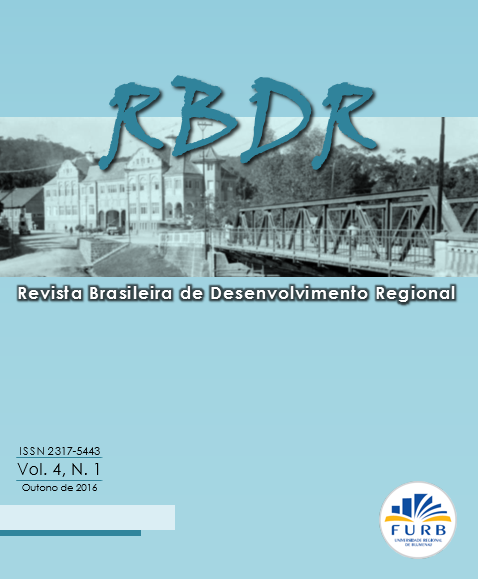Work on the second half of the twentieth century
DOI:
https://doi.org/10.7867/2317-5443.2016v4n1p031-076Keywords:
Capital and labor, crisis of capitalism, “new working classâ€, work restructuring.Abstract
This article examines the work on the second half of the twentieth century. In the years following the Second World War, there was an economic expansion, in which the capitalist stability existed only in the center of the system, since a wave of revolutions and wars continued to sweep the peripheral nations. In Eastern Europe, bound to the “socialist blocâ€, workers’ rebellions against the ruling bureaucracy reached East Berlin (1953), Hungary (1956), Czechoslovakia (1968), Poland (1956, 1971). Revolutionary developments of the working class still took place in Asia and Latin America in the 1960s and 1970s, in the wake of the Cuban revolution of 1959-1961. In Western Europe, the proletariat also starred in revolutionary situations, since the French May 1968, through the hot Italian autumn (1969), to the Portuguese revolution (1974). In the US, there were numerous conflicts between labor and capital starting from the 1950s. Detachable are, above all, in addition to dozens of strikes, the emergence of new labor militancy, the working base’s pressure in favor of changes on the collective bargaining policy and the increase in racial and gender awareness. The goal, then, is to provide a picture of the working reality that was constituted on the last decades.
JEL-Code | F16; J82; R23.
Downloads
Downloads
Published
How to Cite
Issue
Section
License
Os direitos autorais para textos publicados na Revista Brasileira de Desenvolvimento Regional são do(a) autor(a) e co-autor(a/es), com direitos de primeira publicação para a revista. Por aparecerem neste periódico de acesso público, os textos são de uso gratuito, com atribuições próprias, em aplicações educacionais e não-comerciais. A RBDR permitirá o uso dos textos publicados para fins não-comerciais, incluindo o direito de envio para bases de dados de acesso público. Os textos publicados são de integral e exclusiva responsabilidade do(a) autor(a) e co-autor(a/es).
• O(a) autor(a) e co-autor(a/es) autoriza(m) a publicação do texto na revista;
• O(a) autor(a) e co-autor(a/es) garante(m) que a contribuição é original e inédita, e que ela não se encontra em avaliação em outra(s) revista(s);
• A revista não se responsabiliza pelas opiniões, ideias e conceitos emitidos nos textos, por serem de inteira responsabilidade do(a) autor(a) e co-autor(a/es);
• É reservado aos editores o direito de promover ajustes textuais e de adequação do texto às normas de publicação;
• O(a) autor(a) e co-autor(a/es) declaram que o texto não é objeto de quaisquer conflitos de interesse.





